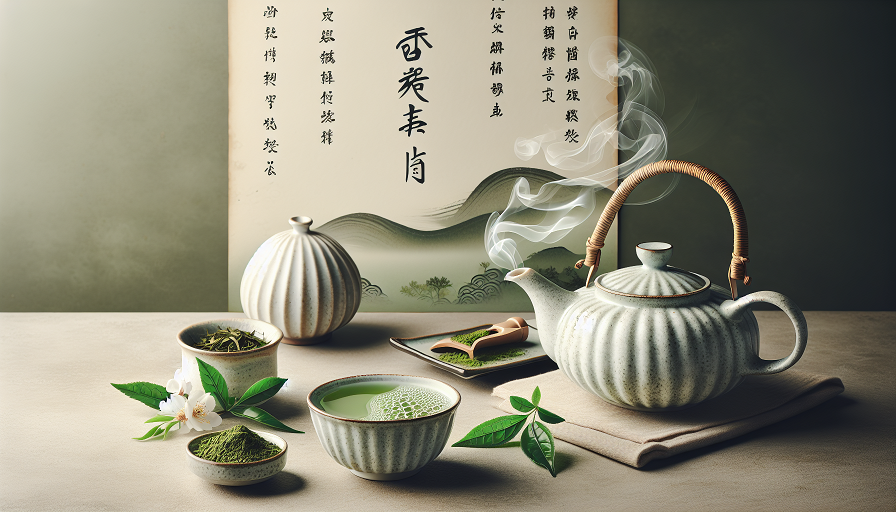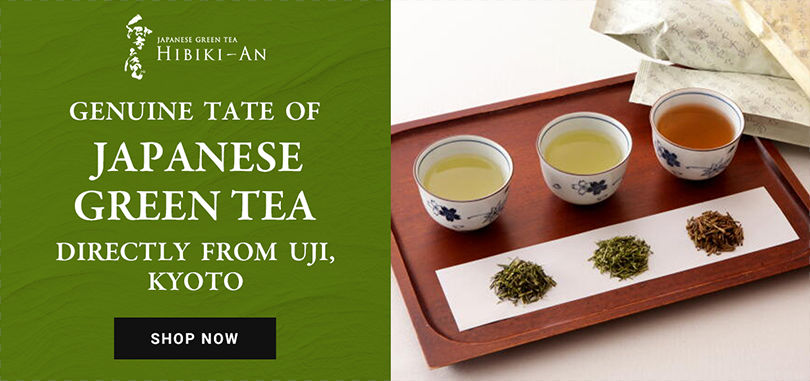
Shopping for Japanese green tea can be overwhelming. With so many varieties and quality levels, how do you know what’s worth buying? Whether you’re a new tea drinker or a seasoned enthusiast, finding high-quality Japanese green tea can make all the difference in flavor and benefits. Here’s a guide to help you choose the best green tea for your needs and budget.
Contents
Understanding the Different Types of Japanese Green Tea
Not all Japanese green tea is created equal. There are several main types, each with its own unique flavor profile, aroma, and uses. Knowing the differences can help you decide which type best suits your taste and purpose.
Sencha: The Everyday Favorite
Sencha is Japan’s most popular green tea and is often considered the “everyday” tea. It’s steamed after harvesting to preserve its vibrant green color and fresh, grassy flavor. If you’re looking for a well-rounded tea that’s both refreshing and versatile, sencha is a solid choice.
Matcha: The Powdered Powerhouse
Matcha is finely ground green tea powder made from shade-grown leaves. It’s whisked directly into water, so you consume the whole leaf. This gives matcha its rich flavor, creamy texture, and higher concentration of nutrients. Matcha is great for those looking for a concentrated tea experience and works beautifully in both traditional tea and lattes.
Gyokuro: The Luxurious Choice
Gyokuro is a high-end Japanese green tea that’s shade-grown, like matcha, for a sweet, umami-rich flavor. It’s delicate and more expensive than sencha, making it a treat for special occasions. If you’re in the market for a premium tea, gyokuro is worth considering.
- Sencha: Fresh, grassy, and versatile – ideal for daily drinking.
- Matcha: Rich and concentrated – perfect for lattes and ceremonial use.
- Gyokuro: Sweet and complex – a luxury tea experience.
What to Look for in High-Quality Japanese Green Tea
Once you know which type of tea you’re interested in, it’s time to assess quality. High-quality Japanese green tea will have certain characteristics that set it apart, including color, aroma, and texture.
Color: Vibrant and Rich
High-quality Japanese green tea should have a bright, vibrant color. For loose leaf tea like sencha, look for deep green leaves that appear fresh and lively. Matcha, on the other hand, should be a vivid shade of green. A dull or brownish hue often indicates lower quality or old tea.
Aroma: Fresh and Inviting
Give your tea a sniff before you buy if possible. High-quality green tea will have a fresh, grassy aroma with hints of sweetness. If the tea smells stale, dusty, or off in any way, it’s likely past its prime or of lower quality.
Texture: Fine and Smooth for Matcha
If you’re buying matcha, the texture can tell you a lot about quality. Good matcha should feel very fine and smooth, almost like baby powder. Coarser textures are usually a sign of lower-grade matcha and will result in a gritty texture when whisked into water.
Check for Origin: Japanese-Grown vs. Other Sources
Not all “Japanese” green tea is actually grown in Japan. For authentic flavor and quality, make sure the tea is sourced from Japan. The country’s unique climate and soil are ideal for green tea, producing flavors and textures that can’t be easily replicated elsewhere.
Famous Tea-Growing Regions
Japan has several famous tea-growing regions known for their unique flavors and high-quality leaves. Shizuoka, Uji, and Kagoshima are some of the most respected regions for Japanese green tea. Knowing the region can give you insight into the tea’s flavor profile – for example, Uji tea is known for its rich umami, while Shizuoka tea has a more refreshing taste.
Checking Labels for Authenticity
When purchasing Japanese green tea, check the label to ensure it’s genuinely from Japan. Look for certifications or markers indicating it’s Japanese-grown. Authentic Japanese green tea will often have indicators of its origin, including Japanese characters, region names, or a seal of authenticity.
- Shizuoka: Known for refreshing, crisp flavors.
- Uji: Famous for rich, umami-packed teas, including high-quality matcha.
- Kagoshima: Offers smooth, mellow teas with a mild sweetness.
Packaging and Storage: Ensuring Freshness
Quality green tea can lose its freshness quickly, so packaging and storage play a big role in maintaining flavor and nutrients. Knowing what to look for in packaging can help you choose tea that will stay fresh longer.
Avoid Clear Packaging
Light exposure can degrade green tea, turning it stale and dull. High-quality green tea should be stored in opaque or foil-lined packaging that blocks out light. If the tea is in clear packaging, it’s more likely to lose its freshness faster.
Look for Airtight Seals
Green tea is sensitive to air and moisture, so airtight packaging is essential. Look for bags with resealable tops or tins with secure lids. If the packaging isn’t airtight, the tea’s quality may suffer, even if it was fresh when packed.
Storing at Home
Once you’ve bought your tea, store it in a cool, dark place away from heat and moisture. A pantry or cupboard works well. For matcha, refrigeration can help extend freshness, but make sure the container is airtight to prevent moisture from seeping in.
Price and Grade: Understanding What You’re Paying For
Japanese green tea comes in a range of grades and prices, so it’s helpful to know what to expect based on your budget. While higher-priced teas are often higher quality, you don’t always need to break the bank to enjoy a great cup.
Ceremonial vs. Culinary Grade Matcha
If you’re shopping for matcha, you’ll come across two main grades: ceremonial and culinary. Ceremonial matcha is made from the youngest leaves and has a milder, sweeter flavor. It’s ideal for drinking straight and is pricier. Culinary grade is stronger and slightly more bitter, making it great for lattes and baking – and it’s usually more affordable.
Balancing Budget and Quality
For daily drinking, a good-quality sencha or culinary-grade matcha can offer a balance between price and quality. But if you’re looking for a premium experience, like gyokuro or ceremonial matcha, be prepared to invest a bit more. The higher cost usually reflects the quality and care taken in production, which often translates to a better flavor and texture.
Choosing high-quality Japanese green tea doesn’t have to be complicated. With a bit of knowledge on types, regions, packaging, and grades, you can pick a tea that suits your taste and budget, while bringing a touch of Japan’s tea culture into your daily routine.

